Full Bitrix24 Implementation Checklist: Step-by-Step Guide
Bitrix24 implementation is not just installing software but a comprehensive process that requires analyzing current business processes, optimizing them, choosing the right plan, and configuring the system for specific tasks. This guide will help you move from planning to employee training while minimizing mistakes and reducing risks.
We will go through the key implementation stages, including goal setting, drafting the technical specification, integrating with other services, configuring security, and performing quality control. This approach will help make working with Bitrix24 as productive and convenient as possible for the entire team.

Mapping Business Processes

Before you begin configuring Bitrix24, it’s important to thoroughly describe the existing processes within your company. This helps uncover weak points, duplicated tasks, and determine opportunities for automation.
Start by identifying key workflow stages—from the first client contact to deal closure or service delivery. It is important to document who is involved at each stage, what data is used, and which tools are applied.
- Identify process participants — departments and employees involved in task execution.
- Document the sequence of actions — from task initiation to completion.
- Highlight problem areas — stages where delays, errors, or information gaps occur.
A clear map of business processes becomes the foundation for proper CRM setup and automation within Bitrix24.
Optimization and Prioritization

After documenting all business processes, determine which ones should be automated first. This allows you to focus on tasks that bring the most benefit and deliver quick results.
- Identify processes with the highest number of manual steps — these often slow down work the most.
- Find frequently repeated tasks — automating them significantly saves resources.
- Evaluate the potential impact — choose processes where improvements will yield noticeable results.
By starting with the highest-priority processes, you will see results faster and increase team motivation for further digital transformation.
Creating the Technical Specification (TS)
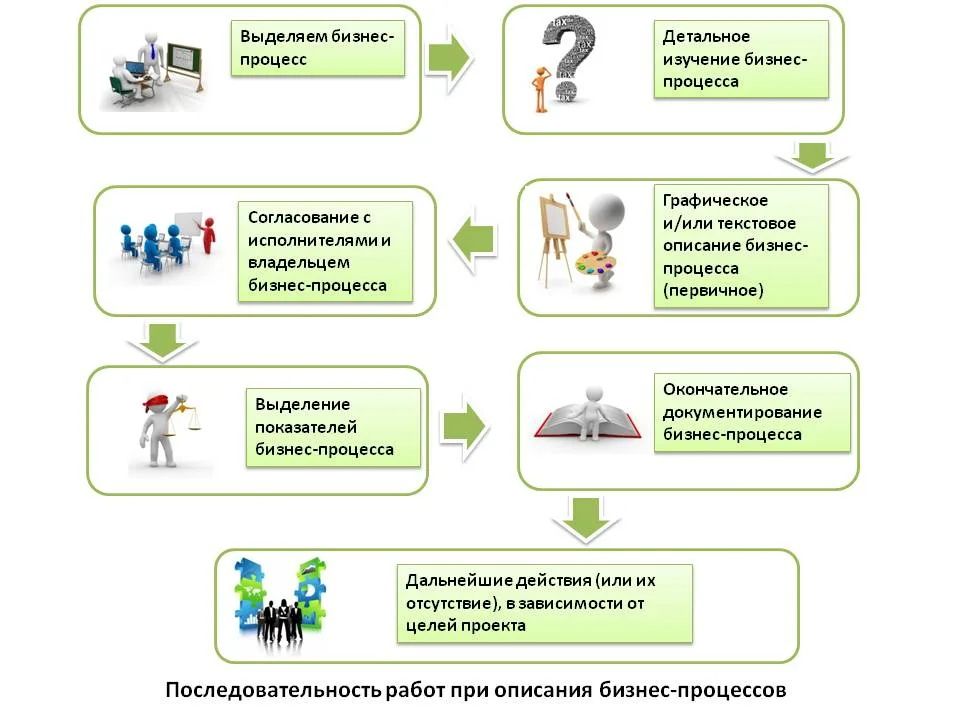
The technical specification is a detailed document describing all system requirements. It prevents misunderstandings between the client and the implementer and simplifies progress control.
- Describe the implementation goals — what the system should accomplish and which tasks must be automated.
- List functional requirements — modules, integrations, access rights configurations.
- Define non-functional requirements — performance, security level, backup policies.
- Approve the document — ensure all parties align on goals and scope before starting.
A well-written TS serves as a roadmap for everyone involved and minimizes future rework.
Choosing the Plan and Architecture
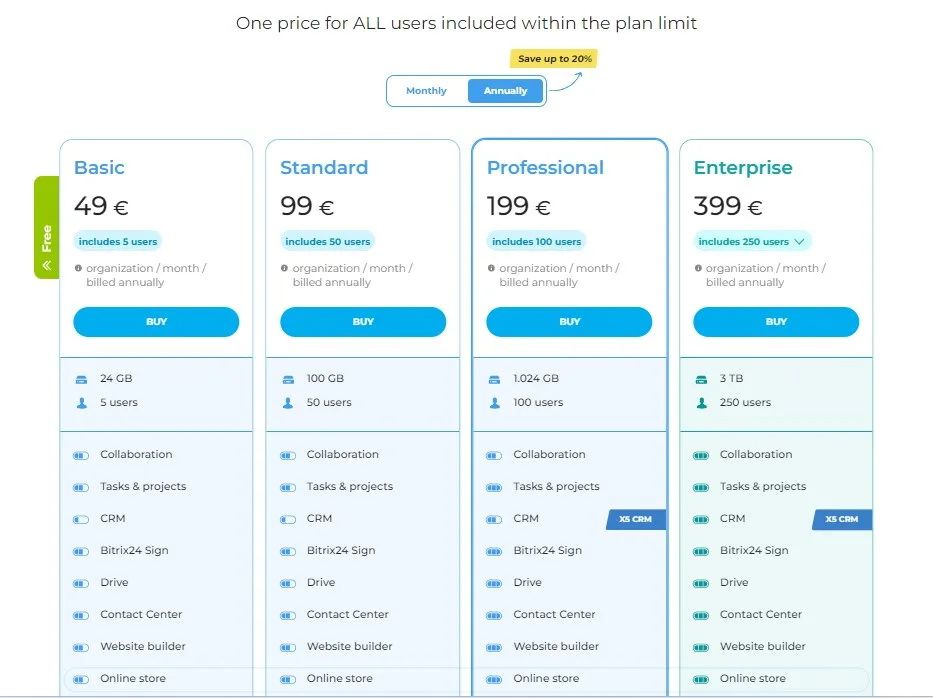
Before implementation, you must select the format and plan that best suits your company. Bitrix24 offers two main deployment options: cloud and on-premise (installed on your own server).
- Cloud version — fast launch, no need for server infrastructure, automatic updates.
- On-premise version — full flexibility, code customization options, complete control of data, but requires server maintenance.
When choosing a plan, consider the number of employees, required modules, integration volume, and security needs. A properly selected plan helps avoid unnecessary costs and workflow limitations.
Environment Deployment (Cloud or On-Premise)
After selecting the Bitrix24 format, the next step is to deploy your working environment. Ensuring proper installation is essential before moving on to configuration.
- For the cloud version — register a portal, configure a domain, and create employee accounts.
- For the on-premise version — install the system on the server, configure the web server and database, and verify that all technical requirements are met.
- Test performance — check portal speed and the availability of essential modules.
A properly deployed environment ensures stable Bitrix24 performance and forms the basis for further integrations and automation.
Initial Portal Configuration
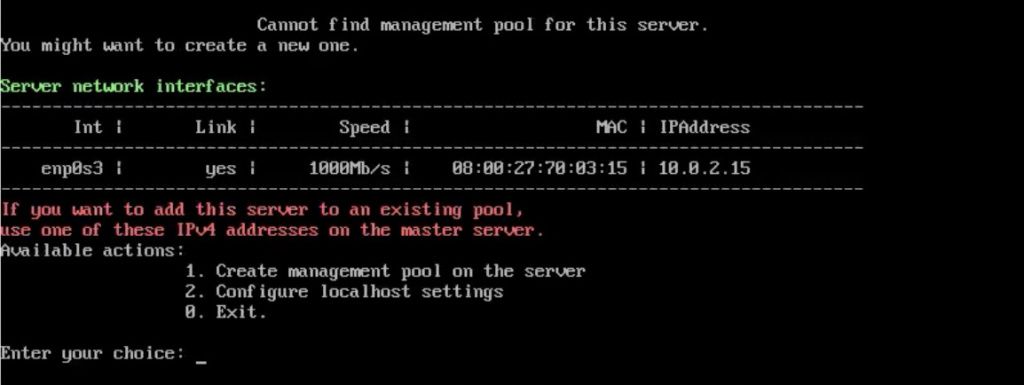
Once Bitrix24 is installed, an initial configuration is required to prepare the portal for work and align it with your company’s needs.
- Structure setup — create departments, add users, and define roles and access rights.
- Interface customization — upload the logo, adjust colors, and align the appearance with corporate branding.
- Module activation — enable CRM, tasks, calendars, chats, and other essential tools.
- Defining basic processes — configure sales pipelines, task statuses, and approval workflows.
A well-executed initial setup helps employees quickly adapt to the system and start working productively without unnecessary delays.
Proper initial configuration helps employees adapt to the new system faster and start working productively without unnecessary delays.
Integrations With External Services
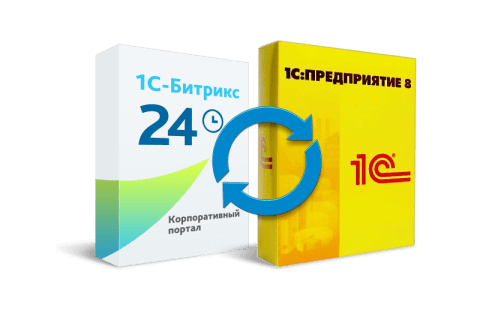
To make Bitrix24 a unified business management hub, it needs to be connected with the other tools you use. Integrations help automate data exchange and reduce time spent on routine operations.
- 1C integration — synchronization of products, invoices, and inventory to keep data in the CRM up to date.
- Telephony — connect operators to automatically log calls and save recordings in client cards.
- Email and messengers — configure message and email exchange directly inside the portal.
- Analytics services — transfer data to external systems for advanced reporting.
Well-organized integrations turn Bitrix24 into the central place where all key company information is collected and processed.
Security Settings and Access Rights
Data security in Bitrix24 is one of the most important aspects, especially if the system stores client information, financial documents, and internal communication.
- Access rights management — configure permission levels for different employee groups so each sees only what they need.
- Two-factor authentication — enable extra account protection to increase security.
- Backups — configure regular data backups for quick recovery in case of failures.
- Activity monitoring — track logins, configuration changes, and access to confidential information.
Properly configured access rights and security measures help prevent data leaks and ensure stable portal operation.
User Training
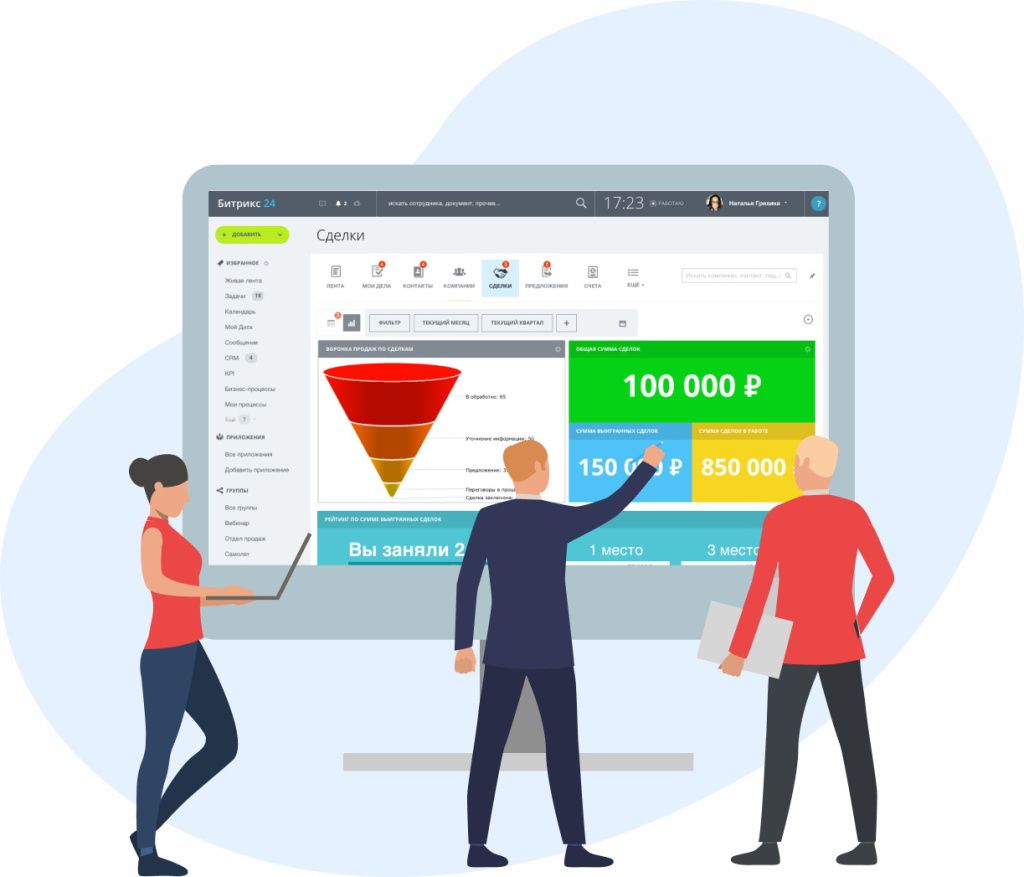
Even the most powerful system won’t deliver results if employees don’t know how to use it. That’s why training is an essential stage of successful Bitrix24 implementation.
- Step-by-step instructions — prepare simple and clear materials covering the main features of the portal.
- Video tutorials — create short videos demonstrating how to work in the system.
- Internal training — hold regular training sessions to reinforce skills.
- Support and feedback — assign responsible staff who can assist users when needed.
By investing time in employee training, you significantly speed up adoption and increase the efficiency of using Bitrix24.
System Control and Development
Bitrix24 implementation doesn’t end with configuration — the system requires ongoing analysis and improvement to stay aligned with your company’s evolving needs.
- Regular audits — check module performance, data accuracy, and access rights configuration.
- Updates — install new system versions and modules to improve security and functionality.
- Efficiency analysis — monitor key metrics and adjust settings to improve performance.
- Feature expansion — add new modules and integrations as your company grows.
Continuous development ensures that Bitrix24 remains a powerful tool that supports and accelerates business processes.